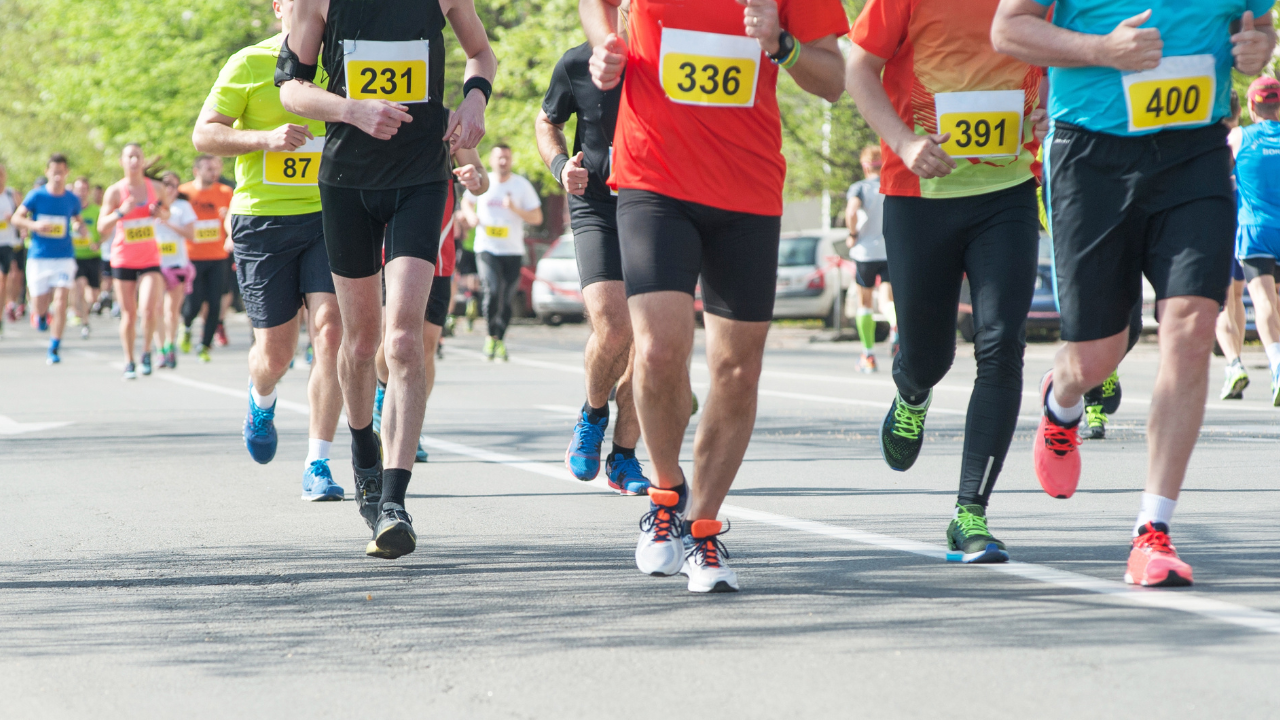As states ease restrictions put into place to curb the spread of the coronavirus, camp directors and class managers will want to keep their procedures focused on state and federal safety guidelines. Some questions to consider before reopening your facility:
Should you consider opening?
- Will reopening your facility be consistent with applicable state and local orders?
- Are you prepared to protect children and employees at higher risk for severe illness?
- Are you ready and able to screen children and employees upon arrival for symptoms and history of exposure?
If you answered these questions with a yes, here is a list of suggested do’s and don’ts for reopening:
DOs
Promote Healthy Hygiene - Good hygiene covers hand washing practices to wearing masks to social distancing by staying six feet apart when needed.
Train Employees on Safety - Communicate to your staff any updated safety protocols, additional care, daily temperature checks and action steps to take if a child gets sick.
Intensify Sanitization Procedures -
- Keep your cleaning supplies noticeable. Whether it is at the check-in area or near a classroom, families want to see tangible evidence of cleaning methods. It reassures them that sanitization procedures are put in place.
- Attempt to maximize your facility's ventilation. Open windows and use fans in classroom and field houses. Review ventilation practices in vehicles such as buses and vans.

Cap Attendance - Limit attendance to 50% capacity (or whatever your local guidelines mandate). Limit the number of children in all spaces of camps and classrooms.
Encourage Social Distancing - Along with reduced capacity, encourage social distancing through increased spacing, small groups and limited mixing between groups.
Limit Sharing of Materials - For example, art supplies or toys. Disinfect them in between use. Avoid soft toys that can't be quickly disinfected.
Check-in/Check-out Procedures -
- Have a system for check-in and check-out. Limit one family member per family to assist their child(ren) through the check-in procedures and pick them up at check-out.
- Continue daily reiteration of parent and camper social distancing. If possible, stagger scheduling, arrival and drop off.
Communicate to All Involved - Get the word out and monitor developments with local authorities, staff and families concerning cases, exposures and updates to protocols, policies and procedures.
Lower the Risk - If a child or staff member turns ill or has a fever of 100 degrees or higher, move them to a designated quarantine area and call their parents or have the staffer return home. Have quarantine protocols in place beforehand.
If Available/Applicable Conduct Temperature Checks - Make a routine so that the camper or student has their temperature taken and recorded every morning upon check-in. Log each temperature, tracking any variations throughout their stay.
Monitor Absences - Track child and employee absences. Have a pool of trained substitutes on call, along with flexible leave policies and practices.
Be Ready - Be ready to start a dialogue with the local health authorities if there are cases in your facility or an increase in cases in your local area.
DON’Ts:
Assume Your Facility is Cleaned - Even if you left your field house or classroom pristine two months ago, a closed space without ventilation lasting as long as two months becomes musty, inviting mold.
Focus on the Negative - Don’t dwell on any financial loss, dip in attendance or student cancellations because of the pandemic. Overhearing these types of conversations can be disconcerting for children.
Overbook Registrants -Though it may be tempting to keep your registration numbers up, social distancing requires camps and classmates to stay six feet apart. Your facility will have less physical capacity. Keep it safe at a limited capacity based on local guidelines.
Dismiss Concerns - In a short time, COVID-19 has impacted many families, either psychologically or financially. This is a time of uncertainty and children maybe feeling it. No question or concern is too small or trivial to answer.
Special Considerations for Overnight Camps -
- Have each camper and staff member temperatures taken every morning and every evening before dinner, logging each temperature.
- To ensure distancing, have parents take turns in camper rooms to make their child’s bunk and get their children’s belongings settled during check-in.
- If feasible, six-foot distance, head-to-toe positioning with bedding.
- Keep the dorm room or cabin windows open for airflow. Have fans available to move air.
For more information regarding the guidelines for reopening summer camps and classes, visit Youth Programs and Camps During the Covid-19 Pandemic.
DISCLAIMER: For reopening safely, it is important to follow your local or state orders. This information is not medical, health or legal advice and ACTIVE Network, LLC is providing these suggestions based on guidelines provided by the Center for Disease Control and Prevention (CDC). ACTIVE Network, LLC does not make any representation that following these steps will prevent any current or future infections or sicknesses of your employees or customers and ACTIVE Network, LLC will not be held liable for any results, potential infections, or legal consequences if you decide to reopen your facility/camps/events by following these suggested guidelines.




.png)
.png)

